diavlex – Experiments with Art and Artificial Intelligence
We are a collective of digital artists and AI
As AI and Machine Learning connect data and discover new insights to a level that the human mind cannot, applications of these techniques in art have the ability to surprise the artist and the public with unexpected results. These are our experiments on the interactions of Human and Machine Creativity.
Artwork
Día de Muertos
Día de Muertos (English: The Day of the Dead) is a tradition celebrated for generations throughout Mexico and Latin America at the beginning of November each year. The holiday involves family and friends gathering to pray for and remember friends and family members who have died, and helping support their spiritual journey.
Death is viewed as a natural part of the human cycle. This is not as a day of sadness but as a day of celebration because their loved ones awake and celebrate with them.
diavlex’s vision is to review a meaningful tradition through the eye of Artificial Intelligence. This Art+AI collection is our tribute to this celebration. This artwork is imagined and "painted" by Artificial Intelligence.
NFTs for digital art collectors and connoisseurs: each piece in this series is available as a Non-Fungible Token (NFT) at https://opensea.io/collection/dia-de-los-muertos-by-diavlex
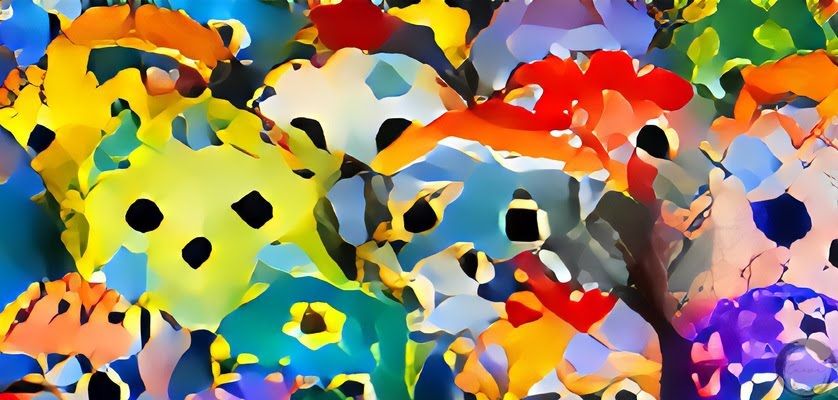
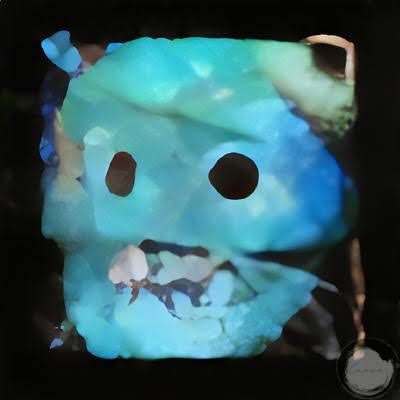
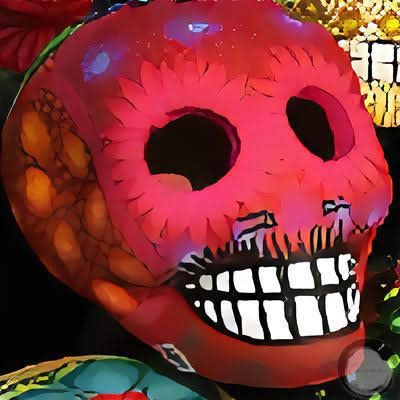
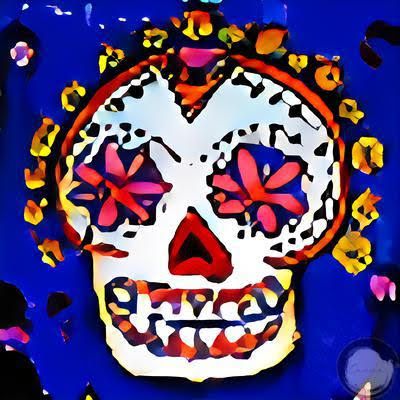
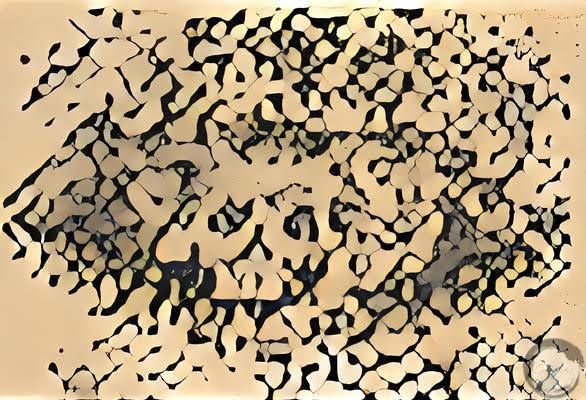
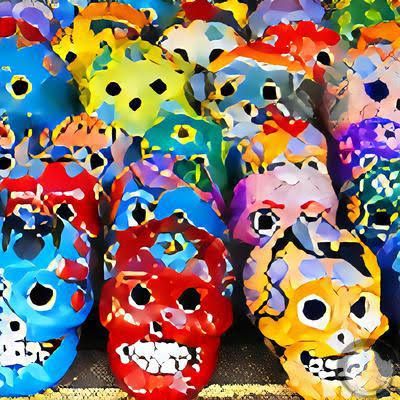
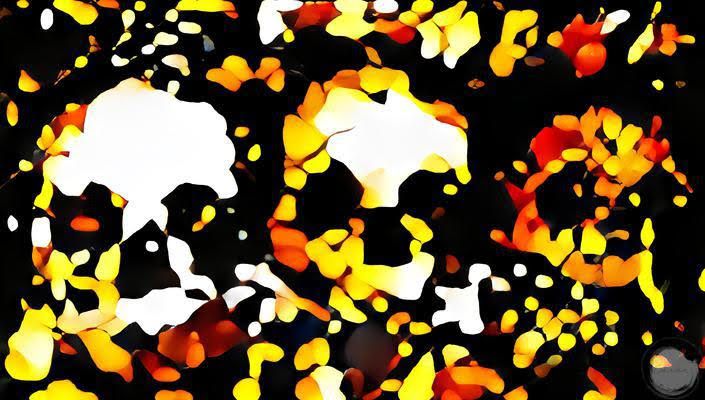
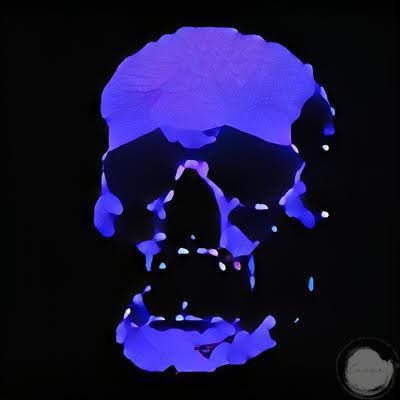
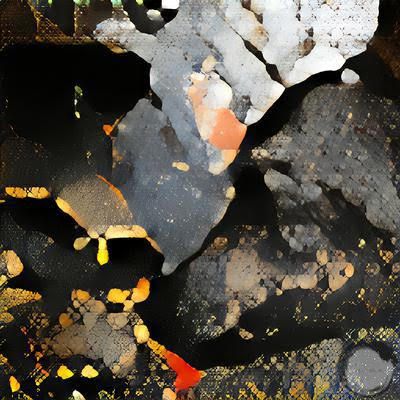
Human skulls, in Spanish called calaveras, have an old tradition in Mexican culture and they are used in the celebration of the Day of the Dead both as decorations for altars and edible treats. The most widely known calaveras are created with sugar cane and decorated with colored foil, icing, beads, and feathers. Children are celebrated on November 1 and represented by small sugar skulls. The larger sugar skulls represent the adults, whose celebration takes place on November 2.
It is believed that the gates of Heaven are opened at midnight on October 31, so the beloved ones go home to enjoy the offering on the altar and celebrate with family and friends. The artwork in the Día de los Muertos collection is an interesting example where tradition mixes with technology.
The colors of the calavera are strongly reminiscent of the vivid ones used in the tradition for this festivity, while the shapes of the skull are more intuitive to the human eye. Some of the pieces contrast a dark background and jumps of light that follow one another on the skull. They are images that remind us of the inevitability of death. At the same time, the fact that the images remain only partially defined, opens the door to an intimate reflection on existence, and on possibilities not yet experienced. Artificial Intelligence pays its respect to death and celebrates life in respect of the spirit of the Día de los Muertos.
All the pieces in the collection are unique and one of a kind. Only one exemplar of each digital artwork exists as NFT.
Artificial Intelligence and Deep Learning techniques used in this collection: GANs, Neural Painters, Intrinsic Style Transfer, and Texturized Super-Resolution.
Dreaming of Electric Sheep
From Artificial Artificial Intelligence to Artificial Intelligence
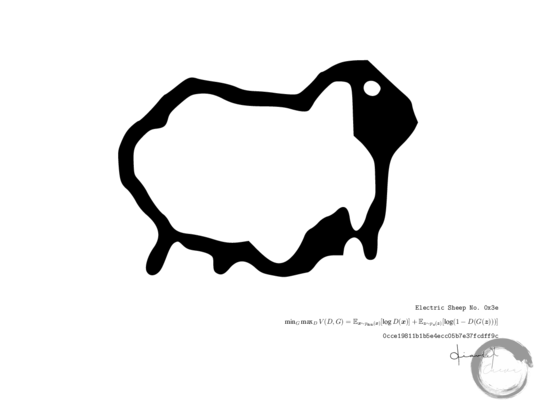
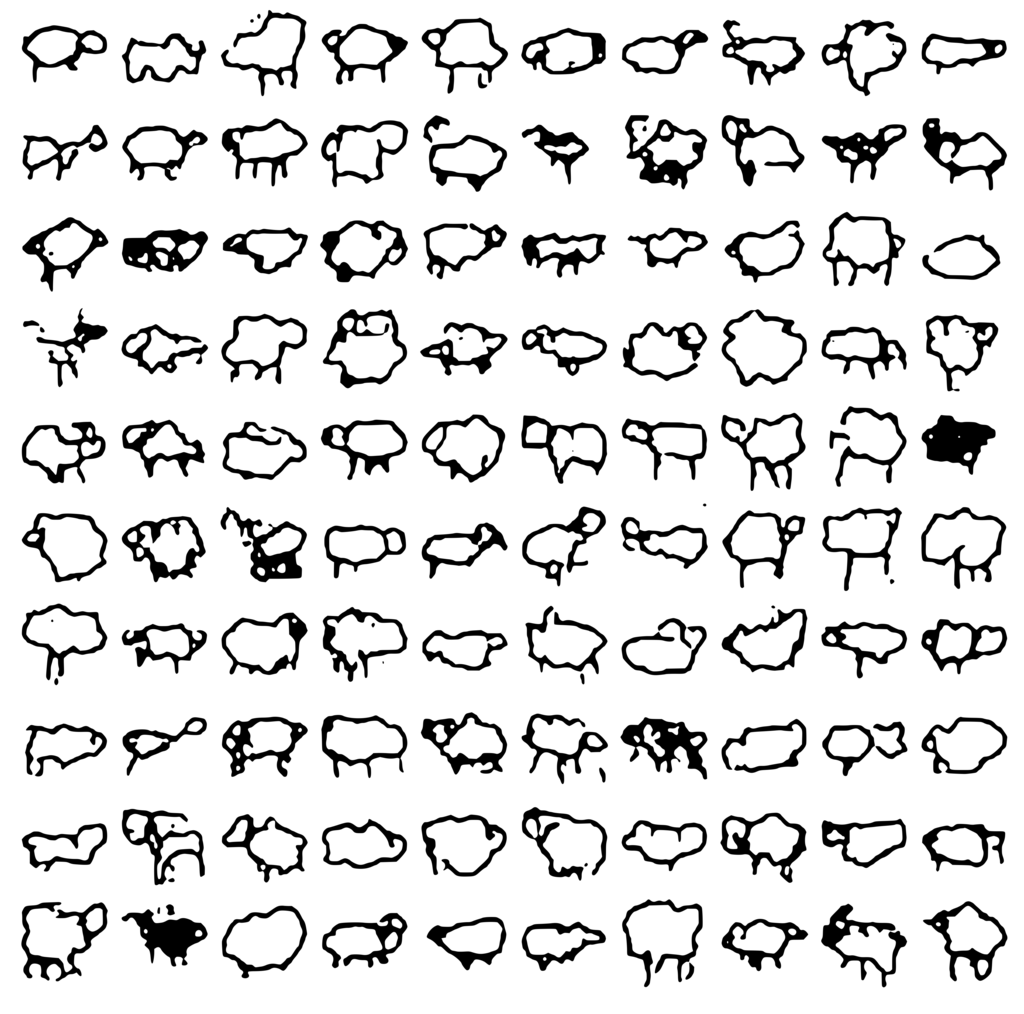
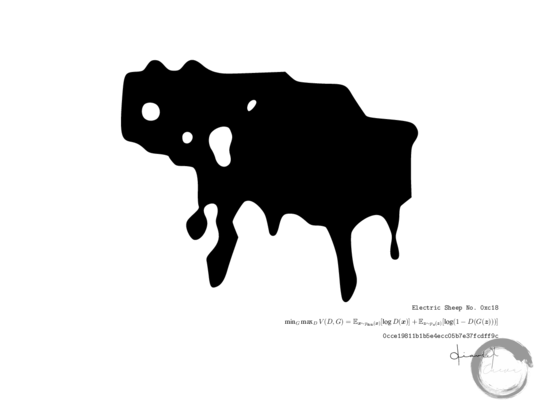
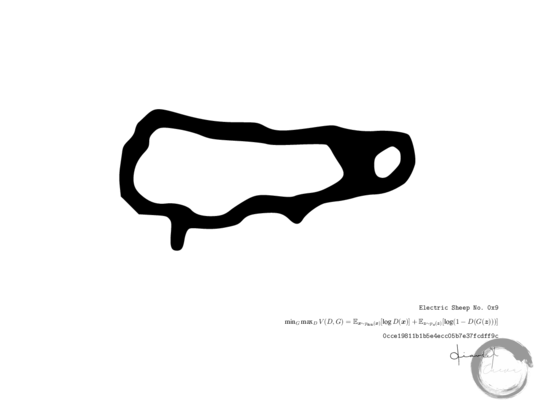
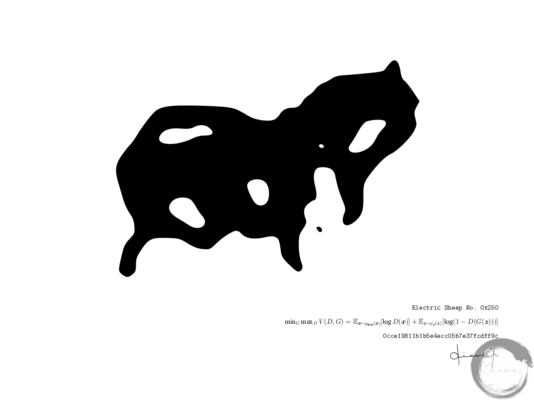
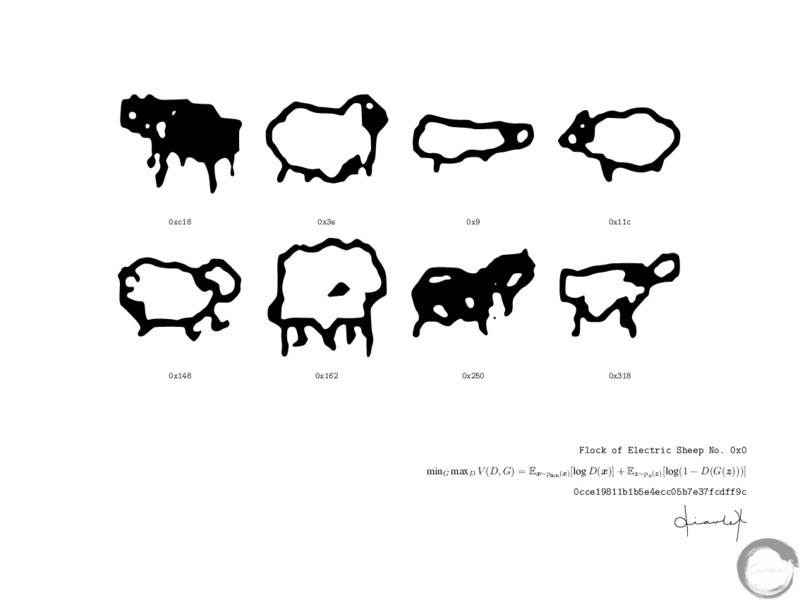
NFTs for digital art collectors and connoisseurs: each piece in this series is available as a Non-Fungible Token (NFT) at https://opensea.io/collection/dreaming-of-electric-sheep-by-diavlex
More than 12 years ago, Amazon coined the term artificial artificial intelligence for processes outsourcing tasks to humans, especially those tasks computers are (or were?) lousy at, e.g., identifying objects in a photograph, writing short product reviews, transcribing podcasts, watching a short film and then describing the emotions it elicits.
Crowdsourcing emerged as a new form of labor on demand [2] and Amazon Mechanical Turk (MTurk) provided the mechanisms to harness the power of a global workforce to complete tasks at scale. It was in this context where Aaron Koblin’s project, The Sheep Market, was born.
The Sheep Market is a collection of 10,000 sheep created by workers on Amazon’s Mechanical Turk. Each worker was paid $0.02 (USD) to complete the HIT (human intelligence task): “draw a sheep facing left.”
Back to now, AI/ML is currently showing impressive performance in fields such as computer vision and natural language processing. AI/ML is expected to impact many industries, helping us in our tedious tasks or taking our jobs, or something in between.
This collection is an experiment that illustrates how certain crowdsourced tasks, e.g., drawing a sheep using MTurk’s artificial artificial intelligence HITs, can now be completed by machines achieving close to human level performance, which potentially could start taking away those micro-payments from human workers. Workers that, paradoxically, have helped machines to learn from the datasets created by completing micro tasks.
For example, in creating these pieces the machine, an AI/ML model, is trained using a dataset of sheep sketches crowdsourced from real people [1] and then is able to generate original sheep drawings on its own.
TL;DR of our Approach
The Dataset. As training set we use the sheep dataset from The Quick, Draw! experiment.
Architecture. We use a Deep Convolutional Generative Adversarial Networks or DCGAN to implement our approach.
Deep Learning Tools. We use Keras with TensorFlow backend for the model implementation and JupyterLab for prototyping.
Models. After the Generator and Discriminator models are trained, we save them independently.
From random noise to sheep. We then use the Generator to produce sheep drawings from random noise. The results are as good (or as bad and sketchy) as the ones produced by humans 😉
Featured at NeurIPS Workshop on Machine Learning for Creativity (2020)
References
[1] Quick, Draw! Sheep Dataset. Data made available by Google, Inc. under the Creative Commons Attribution 4.0 International license. https://quickdraw.withgoogle.com/data/sheep
[2] The Rise of Crowdsourcing. Jeff Howe. 2016 https://www.wired.com/2006/06/crowds/
[3] Draw me an Electric Sheep. Libre AI. https://medium.com/libreai/draw-me-an-electric-sheep-9a3e0b5fe7d5